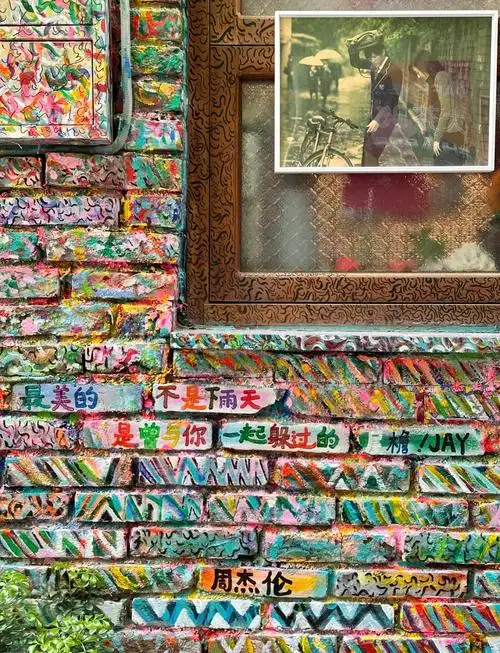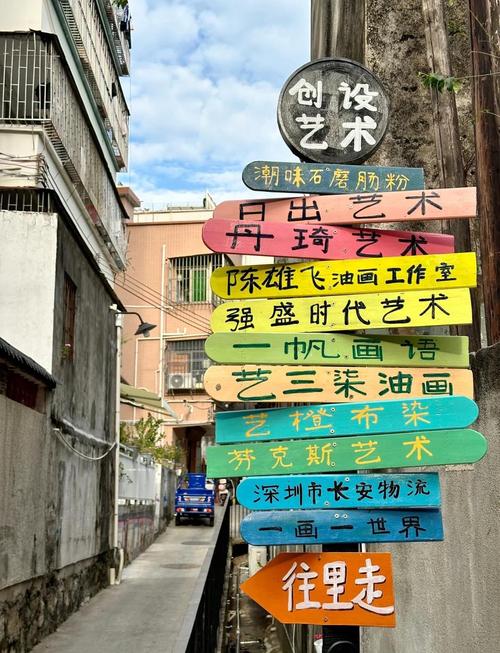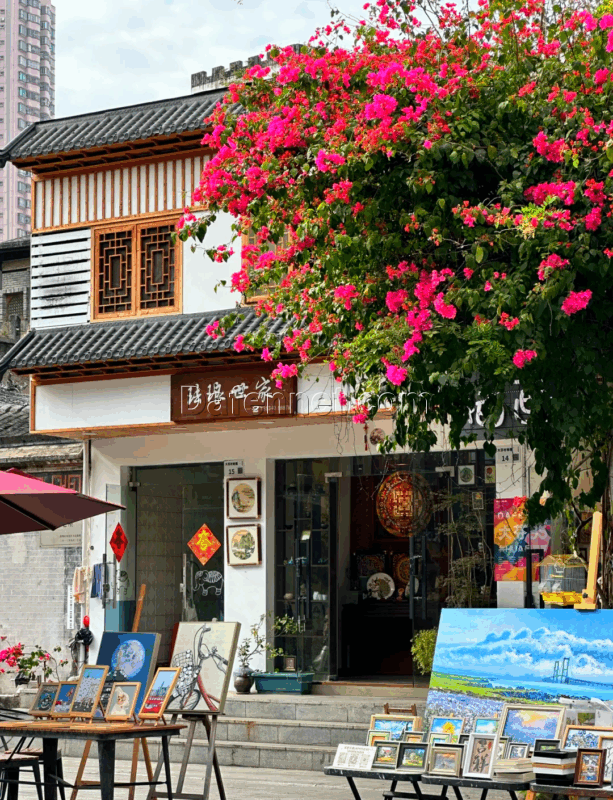Dafen oil painting Village
Dafen Oil Painting Village: How Oil Painting Became a Cultural Symbol of Shenzhen

Oil painting has become a defining image of Dafen — a name that now resonates far beyond Shenzhen. Walk down the streets of Buji, and nearly everyone — whether it’s a child just learning to run errands or an elderly woman in slippers pushing a stroller — can tell you exactly where Dafen Oil Painting Village is.
As Wu Zhijian, the deputy village chief of Dafen, puts it, “Everyone on the street, whether they live upstairs or downstairs, is either a painter or involved in the painting business — how could they not be influenced by it?”

In Dafen, local residents who once worked in the fields now live alongside artists and artisans. Day by day, they’ve grown accustomed to this “foreign” art form and have learned to appreciate and even critique these once-esoteric oil paintings.
What surprises many Dafen residents is how their once-unknown village — a remote corner beyond the main checkpoints of Shenzhen in the 1980s — became globally recognized thanks to one thing: oil painting. This small, ordinary village has transformed into a vibrant hub of the cultural industry, with oil painting as its “money tree” deeply rooted in the soil.
According to village head Hong Bilun, Dafen was still a poor, out-of-the-way rural area in the late 1980s. But with the arrival of artist Huang Jiang, a few galleries began to open, and the oil painting industry slowly took root. As the industry flourished, the village’s collective economy grew too. Last year, residents received annual bonuses averaging over 9,000 yuan per person.
Take Uncle Wu Jiyou, 71, who lives at No. 3, Lane 1, Old Dafen. During an interview, the first thing he said was: “I have two sons. One is a chef in Hong Kong. The other stayed in Dafen — and he’s doing even better than the one abroad.”
His five-story home tells the story: he lives on two floors, rents the top two to painters, and leases the ground level to art dealers. “I collect about 4,000 to 5,000 yuan a month in rent — around 50,000 to 60,000 a year. I just help my son with the house and take my grandson to school. Life is peaceful.”
Many residents in Dafen now share Uncle Wu’s experience — enjoying the steady benefits brought by the oil painting economy.
Thousands of people work in Dafen’s oil painting sector, including villagers from nearby provinces like Fujian, Jiangxi, and Hubei. Many are laid-off workers, unemployed youth, or people with disabilities. The oil painting industry has offered them not only training and job opportunities but also a path to personal fulfillment. For many, painting here has been a way to find purpose and achieve a better life.
Oil painting has not only put Dafen on the map — it has also drawn in a wave of skilled artists from across China and abroad. Among the artists and artisans in Dafen, nearly 30% are graduates of formal art academies. Well-known painters have come to Dafen to open studios, contributing to its vibrant art ecosystem.
One such artist is Li Yi, from the Xuanwu District Cultural Bureau in Beijing. He rents a studio with a loft for just 2,100 yuan a month, where he paints and sells his work. His wife even quit her job to join him in this artistic venture. Another example is Mr. Bai Yi, who has worked in Dafen for over 12 years. He founded a unique painting style called “Light Sketching,” and now runs his own gallery and studio while continuing to paint and sell.
The fusion of culture and economy has given Dafen new vitality. The successful blending of art and commerce has made this cultural industry bloom with charm.
To help artists, artisans, and dealers in Dafen feel more at home in Shenzhen, the Longgang District Government has taken steps to support them. In September 2000, Buji Town established Shenzhen’s first town-level Federation of Literary and Art Circles, creating a community space where Dafen’s artists could connect and collaborate. Today, 85% of members in the Buji Federation’s painting, calligraphy, and photography association are from Dafen Oil Painting Village.
Dafen has become a stage for artists of all kinds to showcase their talents. Here, they find that their creative labor is directly tested by the market — and rewarded. Artworks are not only expressions of skill and vision, but also real products with value, enabling artists to realize both artistic and economic success.

